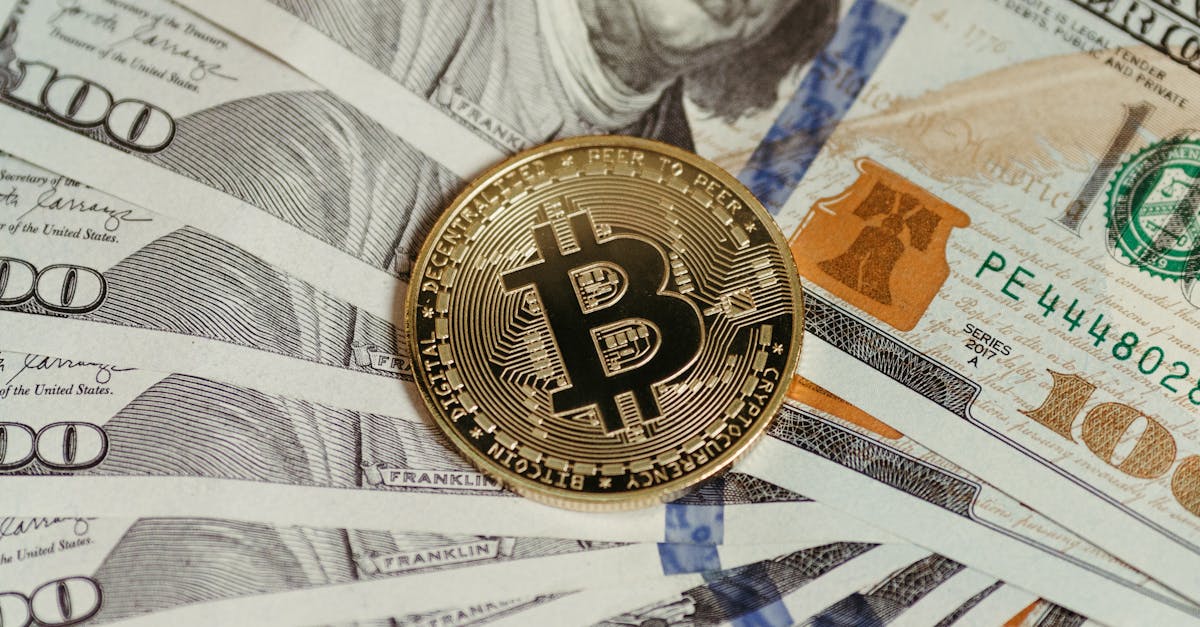Exploring 2025 Banking Revolutions
Introduction
As we step into 2025, the world of banking is undergoing remarkable transformations. Driven by rapid technological advancements, banks are reshaping their traditional models to cater to the digital-savvy clientele of the future. These revolutions extend beyond mere convenience, as they promise enhanced security, proactive services, and sustainable operations. But what exactly are these changes that are poised to redefine banking by 2025? From AI-driven decision-making to blockchain-backed security protocols, the future looks promising and transformative. This article aims to delve into the groundbreaking innovations and trends spearheading the banking revolution of 2025.
Advertisement
Digital Banking Dominance
The landscape of banking by 2025 is overwhelmingly digital. With consumer preference for online platforms, digital banking services have seen a significant uptick. Traditional brick-and-mortar banks are a dying breed as mobile banking apps offer everything from payments to loans within seconds. The shift is not just consumer-driven. Banks benefit from reduced overheads and increased operational efficiencies. Automation processes play a crucial role, handling tasks that range from routine transactions to complex financial analysis. With customer experience at the forefront, personalized banking experiences via mobile platforms dominate the landscape.
Advertisement
AI and Machine Learning Integration
Artificial Intelligence and machine learning have revolutionized decision-making within banks. By 2025, these technologies enable predictive analytics that anticipate customer needs and identify potential risks before they arise. AI models analyze customer data to offer personalized financial advice and product recommendations. Fraud detection and prevention have also seen a dramatic improvement, as machine learning algorithms identify unusual patterns and raise alerts in real-time. AI-driven chatbots provide round-the-clock customer service, answering queries with remarkable accuracy and efficiency, thus enhancing customer satisfaction and trust.
Advertisement
Blockchain's Impact on Transactions
Blockchain technology is reshaping security and transparency in banking transactions by 2025. This decentralized ledger system offers a tamper-proof method for recording transactions, thus reducing the risk of fraud. Banking institutions adopt blockchain for secure cross-border payments, reducing transaction costs and settlement times. Smart contracts, powered by blockchain, ensure that transactions automatically execute once specific conditions are met. Through blockchain, both institutions and consumers gain confidence in the security and privacy of their financial activities, fostering trust and reliability.
Advertisement
Rise of Neobanks
Neobanks, digital-only entities, are capturing significant market share by 2025. With no physical branches, neobanks offer streamlined services focused on user experience and cost efficiency. They cater especially to millennials and Gen Z, who prefer agility and innovation over traditional methods. Neobanks are not merely banks with a sleek interface; they actively redefine banking practices with innovative products like digital wallets and seamless integration with fintech. Their increased popularity forces traditional banks to reevaluate and innovate their services, creating a competitive drive to attract and retain customers.
Advertisement
Focus on Sustainable Banking
Environmental consciousness is at the heart of banking strategies in 2025. Institutions are implementing sustainable practices, focusing on green financing and ethical investments. Sustainable banking goes beyond mere eco-friendly practices, encompassing fair labor, human rights, and sound corporate governance. With consumers increasingly backing businesses with strong ESG (Environmental, Social, Governance) principles, banks are allocating funds to support green projects, issuing green bonds, and offering preferential rates for eco-friendly businesses, aligning with global sustainability goals.
Advertisement
Biometric Security Innovations
Biometrics has become the linchpin of banking security in 2025. With cyber threats evolving, traditional password-based security measures are increasingly inadequate. Biometric authentication, using fingerprints, facial recognition, and retina scans, assures higher security levels. This advanced technology reduces reliance on password memory and enhances customer convenience. Coupled with AI and machine learning, these systems constantly upgrade their algorithms to counter new security challenges, establishing trust and confidence among users. Biometric security promises a banking experience that's not only secure but also seamless and intuitive.
Advertisement
Impact of Decentralized Finance
Decentralized Finance (DeFi) is transforming the banking and financial ecosystem by 2025. Leveraging blockchain technology, DeFi eliminates traditional intermediaries, enabling peer-to-peer financial transactions. This approach democratizes banking, providing access to financial services for individuals globally, regardless of their conventional banking status. DeFi offers innovative products like yield farming and lending platforms, highlighting a shift towards community-driven financial networks. Banks are adapting by incorporating DeFi elements into their operations, ensuring they remain relevant in this new financial landscape.
Advertisement
Future of Payments
The evolution of payment methods in 2025 is synonymous with speed, security, and simplicity. Contactless payment options such as digital wallets and NFC (Near Field Communication) technology dominate point-of-sale transactions. Cryptocurrencies are gaining traction, with banks facilitating cryptocurrency payments and providing custody services to address security concerns. Peer-to-peer payment systems see heightened use, offering instant transactions without third-party intervention. These payment methods signify the banking revolution's advanced stage, ensuring user-friendly solutions that redefine commerce.
Advertisement
Conclusion
As the world navigates the transformative era of 2025, the banking sector stands as a beacon of innovation and change. These revolutions illustrate a blend of cutting-edge technology with customer-centric solutions, setting new standards in efficiency and reliability. From AI-led decisions to sustainable banking practices, the future is both digital and dynamic, catering to an increasingly globalized audience. However, with each advancement comes the challenge of maintaining security and ethical practices, requiring ongoing vigilance. The journey ahead is exhilarating, with endless possibilities for redefining what it means to bank.
Advertisement








